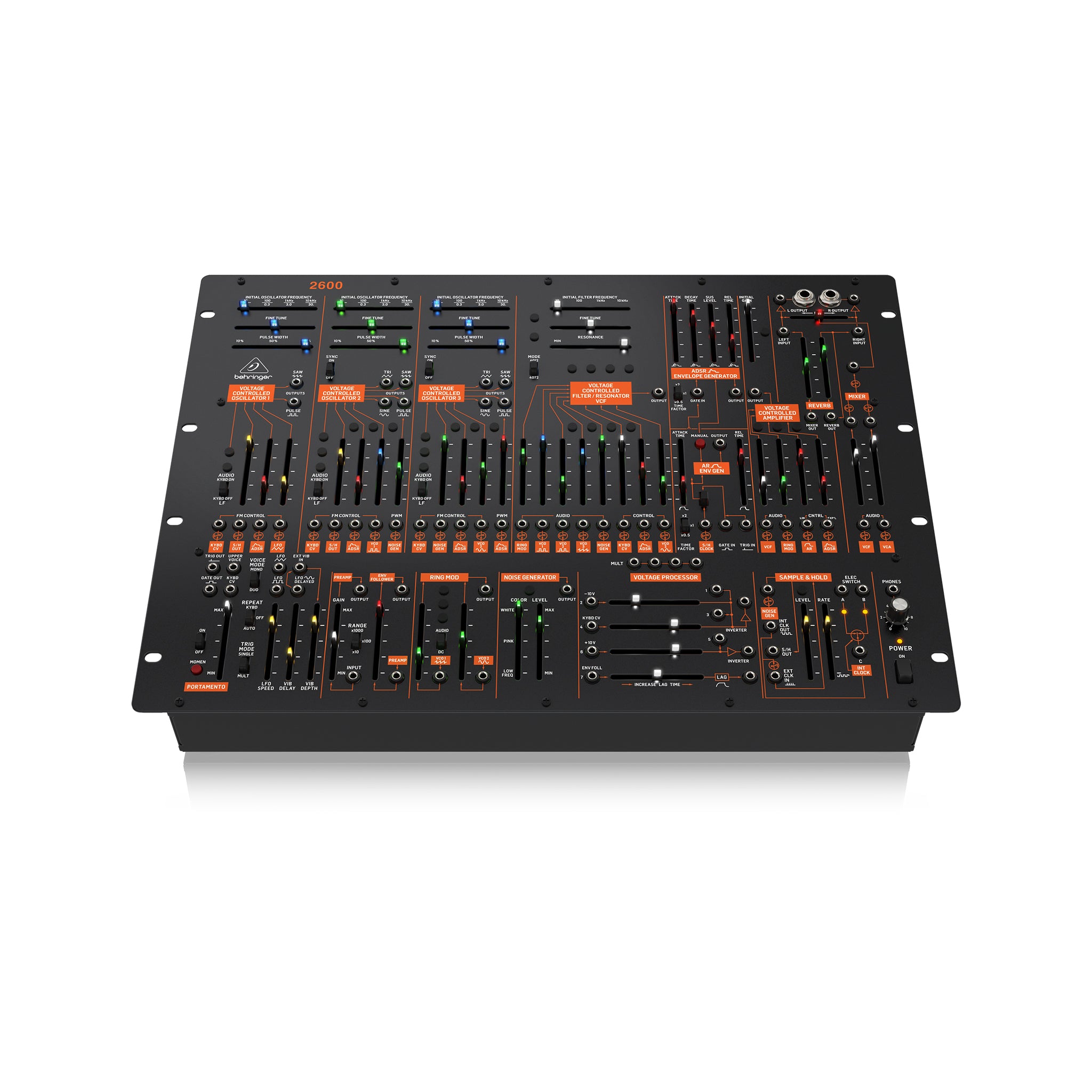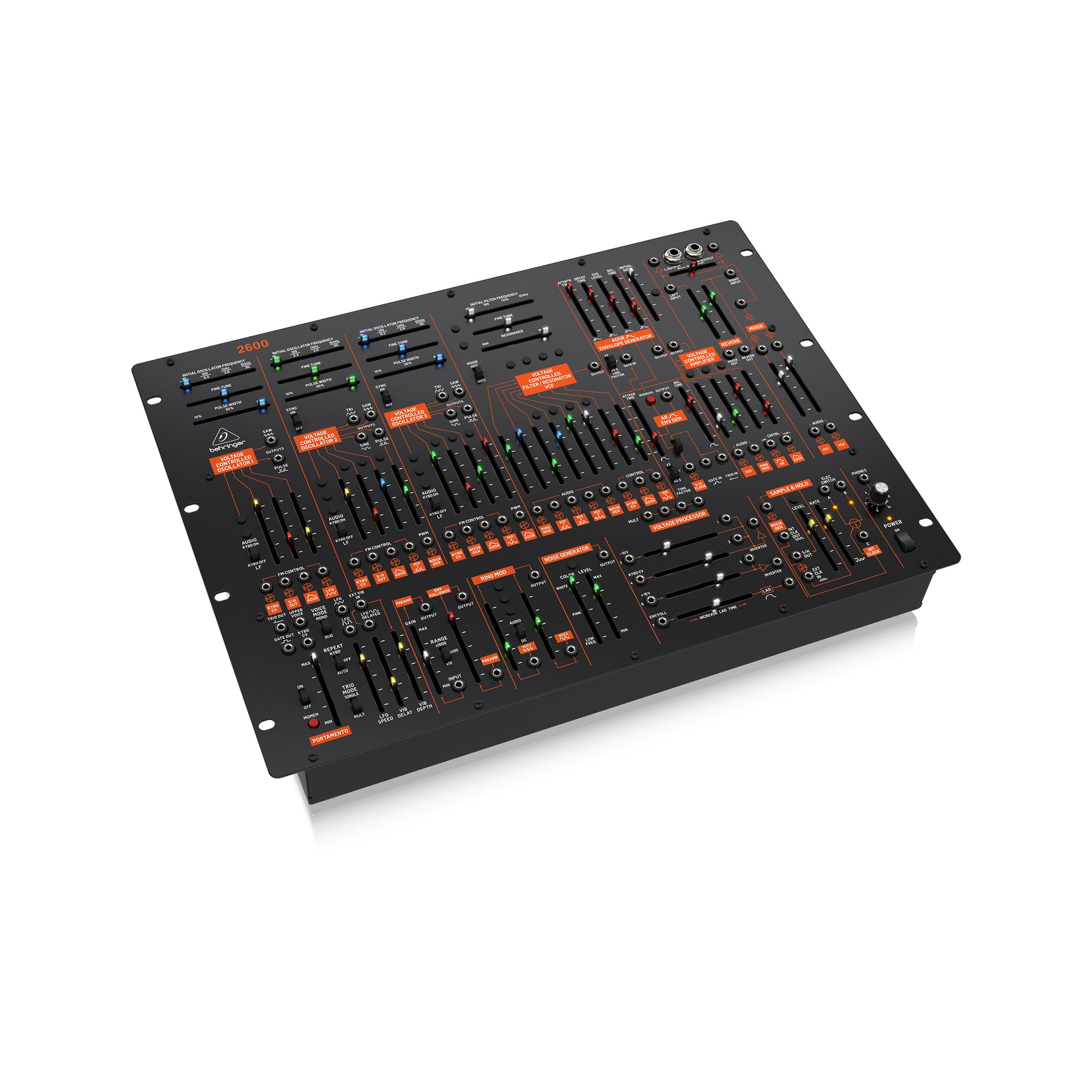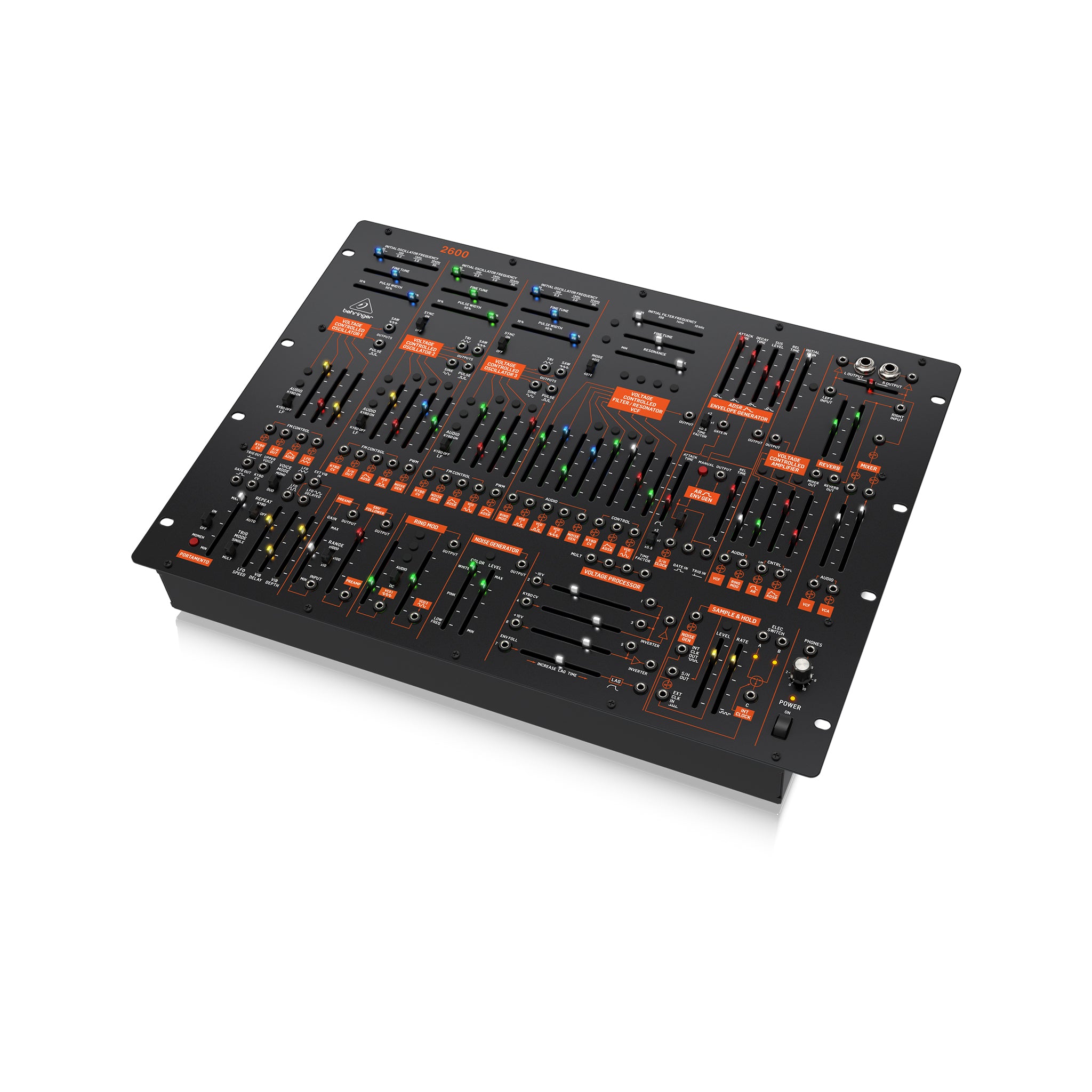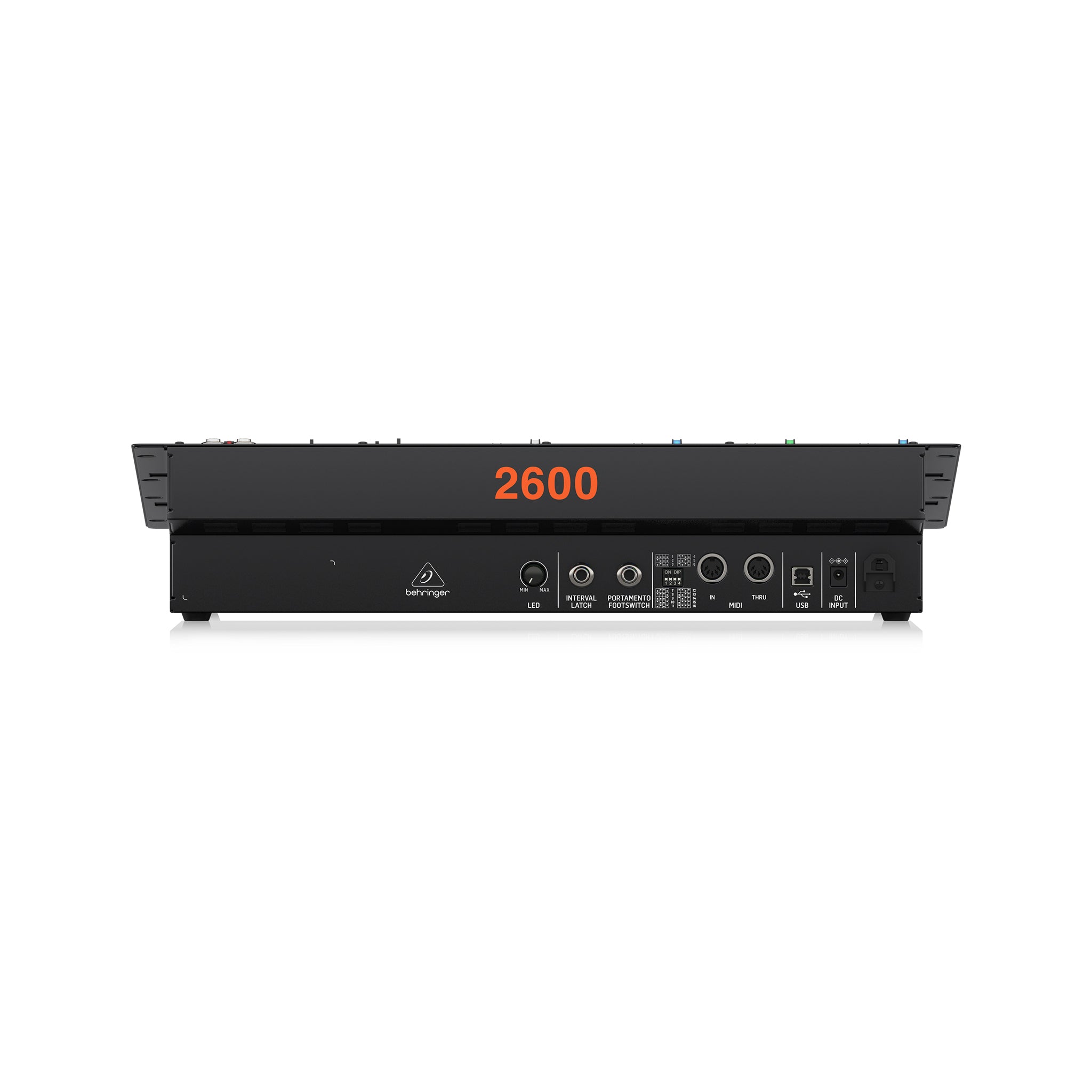In the 1970s, synthesizers took the music world by storm as more musicians embraced them to create groundbreaking sounds. Back then, early synthesizers were large and expensive. In 1971, Alan R. Pearlman and Dennis Colin aimed to make a portable version of the ARP 2500 modular synth for musicians, giving birth to the popular ARP 2600 semi - modular synthesizer, loved by stars like Edgar Winter and Herbie Hancock. Now, the Behringer 2600 pays homage to this classic in an ultra - affordable and feature - rich way. With it, you can effortlessly conjure up any sound you can imagine. Its pure analog signal path is based on the authentic 70s ARP 2600 circuitry with matched transistors and JFETs. Owning the Behringer 2600 means having a piece of musical history, enabling you to recreate timeless classics or forge your own unique sound. Key features include a triple VCO design for fat music creation, an authentic reproduction of the original '2600' circuitry, a semi - modular architecture for immediate performance, and a wide range of modules like a ring modulator and an envelope follower. It also has a multi - mode VCF, realistic digital spring reverb, and much more.




Using the Behringer 2600 is a breeze. First, power it on and start exploring the 58 faders and 15 buttons to directly control all parameters in real - time. You can use the 3 VCOs, each with different modes and outputs, to create a wide variety of tones. Connect external sound sources through the external audio input for added creativity. Use the patch cables via the 83 input/outputs to customize your configuration. For sound effects, try the realistic digital spring reverb. When it comes to maintenance, keep the synthesizer in a dry and clean place. Avoid exposing it to extreme temperatures or humidity. If you're not using it for a long time, turn it off and unplug it. Also, be gentle when handling the faders and buttons to prevent damage. And don't forget to check the MIDI settings according to your needs for seamless operation.









